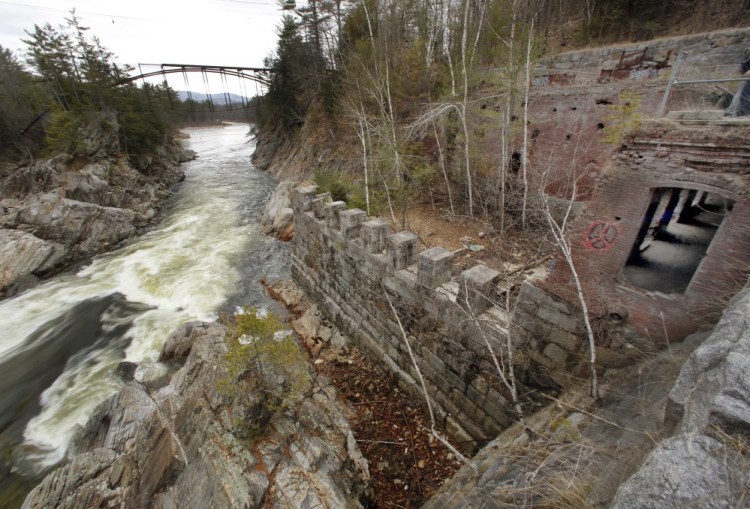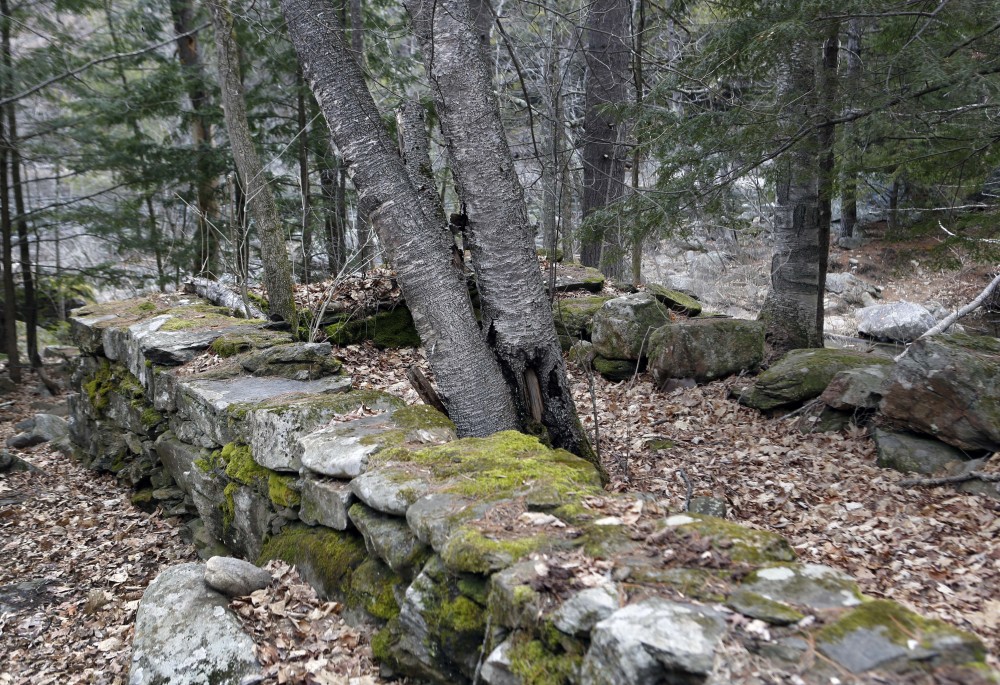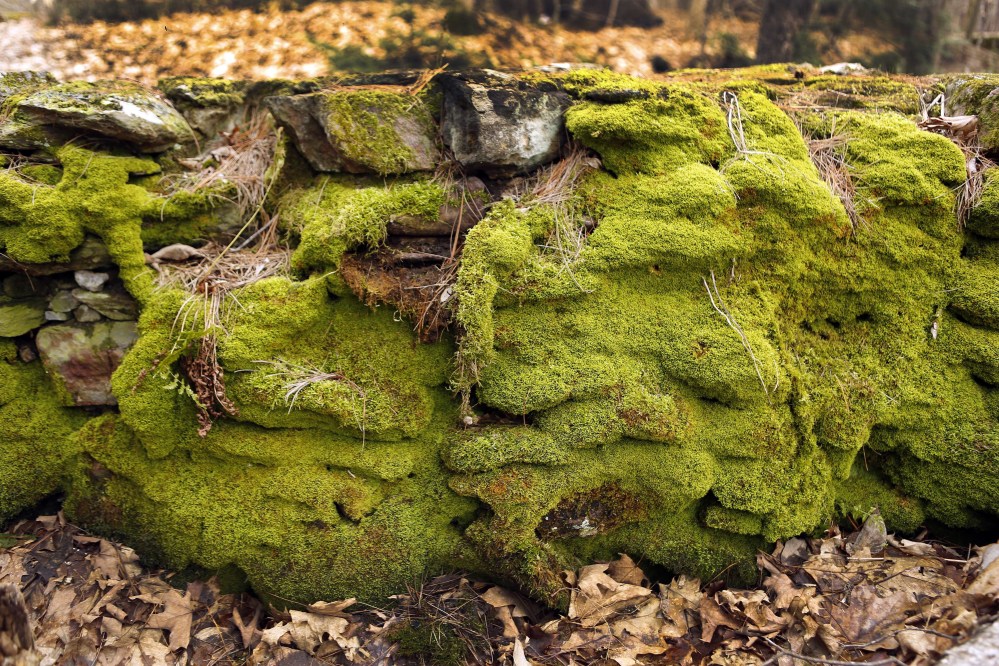CONCORD, N.H. – A 19th-century mill community once-thriving in the state is a focus of this summer’s archaeology field school program run by New Hampshire’s Division of Historical Resources.
The Livermore Hollow in Holderness and Campton was the site of pulp mills, a tannery and a fish hatchery. It also included homes, a boarding house, stores and a schoolhouse.
Today, soil and vegetation now cover the mostly stone foundations that are left; some of them are believed to be buried. A study done of the area in December took inventory of what’s there now.
“We’re using this as a laboratory to show students how we map and investigate historic complexes,” said Richard Boisvert, state archaeologist.
He said another goal is to assist the state Parks Department, which wants to make improvements to the nearby Livermore Falls Recreation Area, a popular beach in the summertime.
“We want to make sure that happens in a way that doesn’t damage the archaeological resources there,” Boisvert said. “It’s a matter of accommodating multiple, competitive needs and hopefully coming up with a solution that’s good for everything.”
Old photos and news accounts describe successive mills, the hatchery, and tannery that were damaged by fire or flood. The study said Livermore Falls provided water power for the mills and other industries for nearly 200 years, contributing to the economic development of Holderness, Campton and Plymouth townships.
The field school takes place July 18-July 29.
A second field school, to run June 19-July 1 and July 5-15, is revisiting a Native American site near Squam Lake in Holderness. That site, explored last summer, is up to 4,000 years old. Students will focus on studying different periods of occupation and on isolating specific activity areas.
Advance registration for the field school is required. Participants can visit www.nh.gov/nhdhr/SCRAP.htm for more information.
Send questions/comments to the editors.





Success. Please wait for the page to reload. If the page does not reload within 5 seconds, please refresh the page.
Enter your email and password to access comments.
Hi, to comment on stories you must . This profile is in addition to your subscription and website login.
Already have a commenting profile? .
Invalid username/password.
Please check your email to confirm and complete your registration.
Only subscribers are eligible to post comments. Please subscribe or login first for digital access. Here’s why.
Use the form below to reset your password. When you've submitted your account email, we will send an email with a reset code.